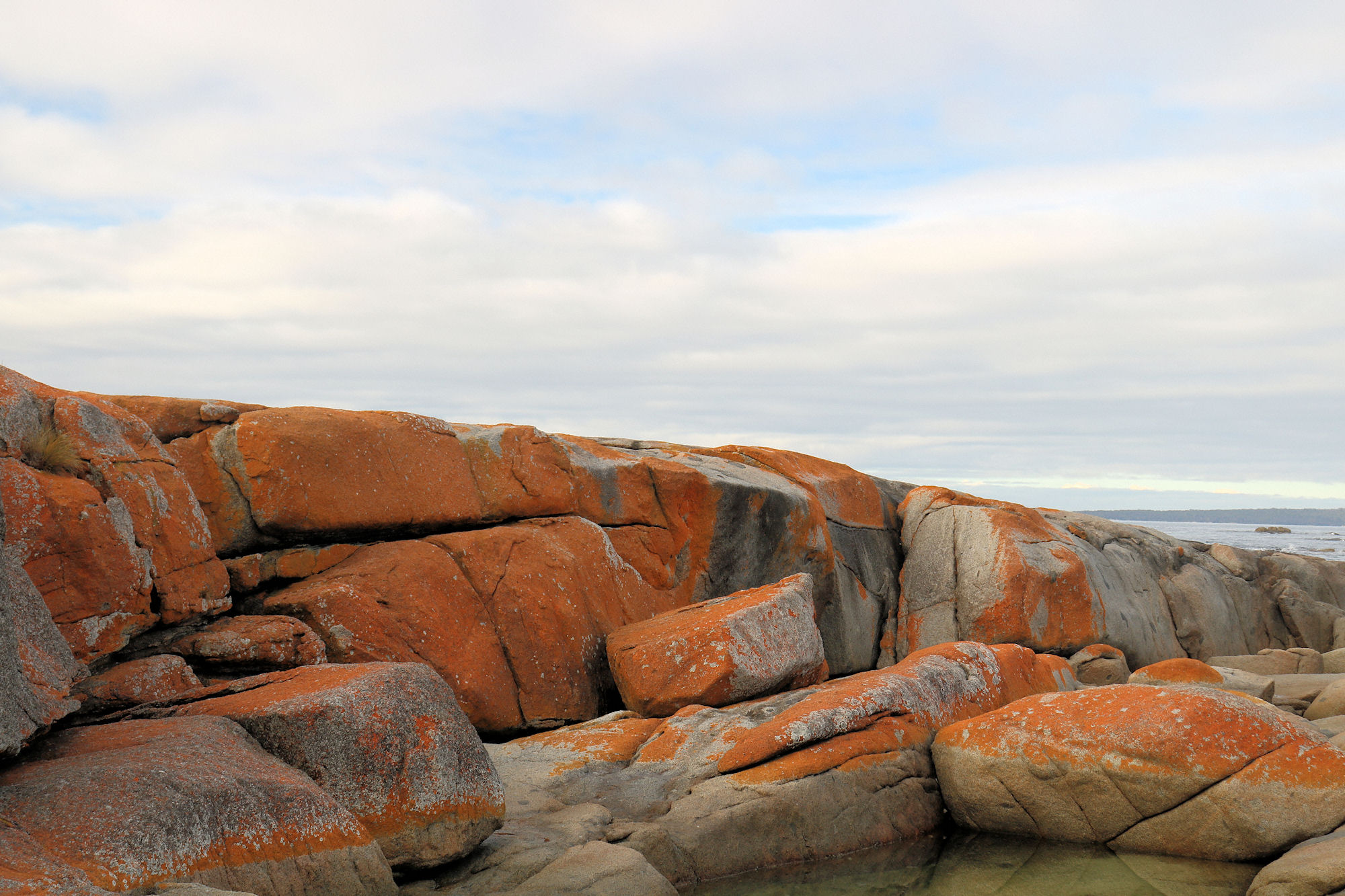Category: Beach
-
Bass Point Reserve

Bass Point Reserve A place of significant cultural value, Bass Point Reserve is Heritage Listed, due to extensive Aboriginal and Colonial use of the area. Archaeological evidence indicates that the Elouera people lived here at least 20,000 years ago. Colonial settlers arrived 1803, although European explorers had passed through before this. Settled by cedar cutters and… Read more
-
The Orange Rocks of the Bay of Fires

Bay of Fires Tasmania Famous for the stunning orange granite rocks that line the shore, The Bay of Fires is not, as we discovered named for this amazing feature. Instead, in 1773 when Captain Tobias Furneaux in Adventure, sailed past, he saw the fires of Aboriginal people on the beaches and gave it its name.… Read more
-
Fantastic Bruny Island Tasmania

Bruny Island At 50kms long, Bruny Island has farms, food, forests, wildlife, beaches, and history, all within an easy drive. We spent two nights and two full days on the island and could have spent more because there’s so much to see and do. How to Get There Cape Queen Elizabeth Track The Neck Lookout… Read more